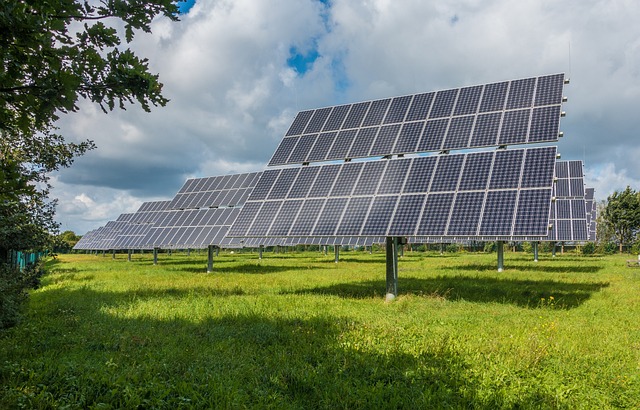By Samhar Almomani, Publishing Associate: Researcher and Writer at Save the Water™ | April 14, 2024
The state of California recently used electromagnetic technology to map its groundwater basins. Groundwater is water that is often found in underground soil, sand, and rock cracks. Groundwater is essential to California’s agricultural and industrial sectors due to the state’s increasing frequency of droughts. Decades of unsustainable extraction has led to the dwindling of this resource. For this reason, mapping the remaining groundwater sources is of great importance.
The California Department of Water Resources (DWR) is the agency leading efforts to begin the use of this new technology. They understand the importance of getting accurate information about groundwater resources to support drought responses. This is part of a broader effort to better invest in California’s water holdings and begin working on sustainable interventions.
How Does Electromagnetic Technology Work?
The DWR plans to collect data using airborne electromagnetic surveys. This involves a helicopter sending signals that bounce off different ground structures. These signals would be able to detect where groundwater basins are. Furthermore, this technology is reliable because it can penetrate up to 1,000 feet below the ground. Between December 2021 and November 2023, the state mapped around 16,000 line miles of data across 100 groundwater basins.
Electromagnetic technology has several advantages over the traditional methods currently in use:
- It is non-invasive. It uses signals to collect data from the surface, which removes the need to drill and disrupt the ecosystem.
- It allows for high-resolution imaging. Consequently, researchers get a clearer picture of the state of groundwater basins.
- It allows for rapid data collection. Hence, large areas can be analyzed in much less time than traditional methods would have needed.
Traditional Methods That Harm the Environment
Traditionally, researchers need to drill wells and disrupt the ecosystem to learn more about the state of groundwater basins. These efforts are both time-consuming and expensive. Additionally, this makes it challenging for researchers and policymakers to map the entire area that needs research. This has been an issue for a long time.
These methods also don’t provide enough data for researchers, as they are often unable to capture complex geological underground structures. These structures affect the flow and storage of groundwater. Therefore, they provide important data for understanding the needs of a groundwater system.
Furthermore, these methods include limited spatial coverage. It’s difficult to have multiple drilling projects over large swathes of land, especially if they’re disruptive to the ecosystem.
The Future of Electromagnetic Technology Use
Effective mapping would allow researchers and government workers to find untapped groundwater and help communities depend less on surface water. This is especially crucial with an unexpected climate. Furthermore, accurate data collection and management would allow policymakers to make informed long-term decisions that better address water scarcity.
Currently, the researchers’ goal is to combine data collected from electromagnetic mapping with data that exists on a local level. The purpose is to localize these efforts. Since the project is shown to be effective, it would not be surprising to see other states following suit.




